Two weeks ago, the sci-fi (science fiction) gem, District 9, was added by Netflix. District 9 is one of the first films to be shot on the RED One and was nominated for Best Picture category in the Academy Awards 2010. Read on about some interesting cinematography facts about it.
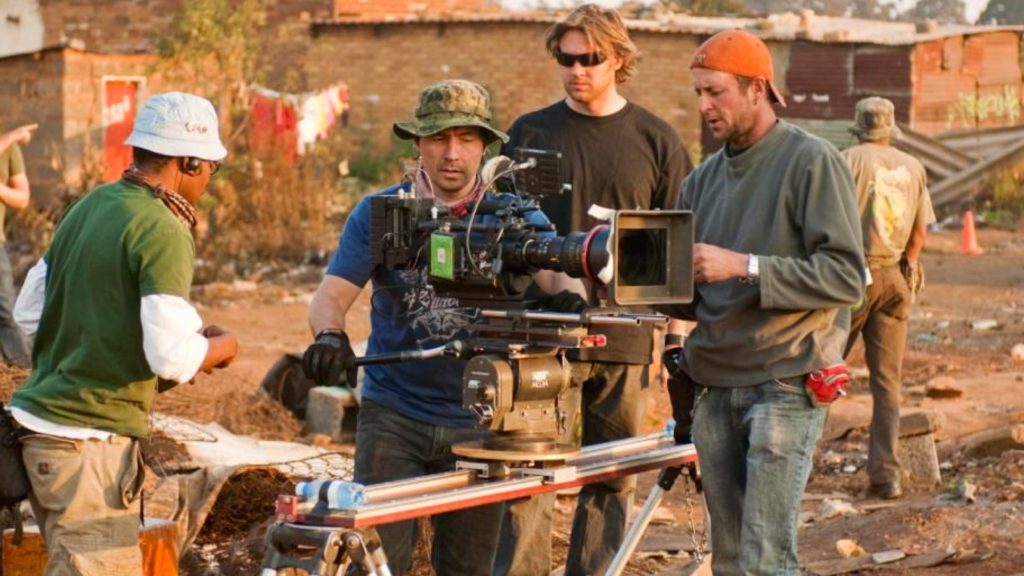
District 9: Awards winning film – Now on Netflix
District 9 was directed by Neill Blomkamp and shot by cinematographer Trent Opaloch (Elysium, Captain America: The Winter Soldier, Chappie, Captain America: Civil War, Avengers: Infinity War, and Avengers: Endgame). This sci-fi film tells the story of an extraterrestrial race forced to live in slum-like conditions on Earth, that finds a kindred spirit in a government agent exposed to their biotechnology. The film received extremely positive reviews upon its release, going on to be nominated for four Academy Awards (including Best Picture), seven BAFTAs and one Golden Globe. In fact, District 9 is the first documentary-style film to be nominated for Best Picture Oscar. District 9 was added by Netflix two weeks ago, which means, from May 15th, Netflix subscribers can watch it. Check out the trailer below:
Shot on RED One
District 9 is one of the first films shot on the RED One. In a similar context, we wrote about Steven Soderbergh’s Contagion which is one of the Most-Watched Movies due to Coronavirus Panic, that was shot on the RED One as well. If I’m not mistaken, District 9 was the second film shot on the RED One, as the first was Ché which also directed by Soderbergh (see behind the scenes picture below).
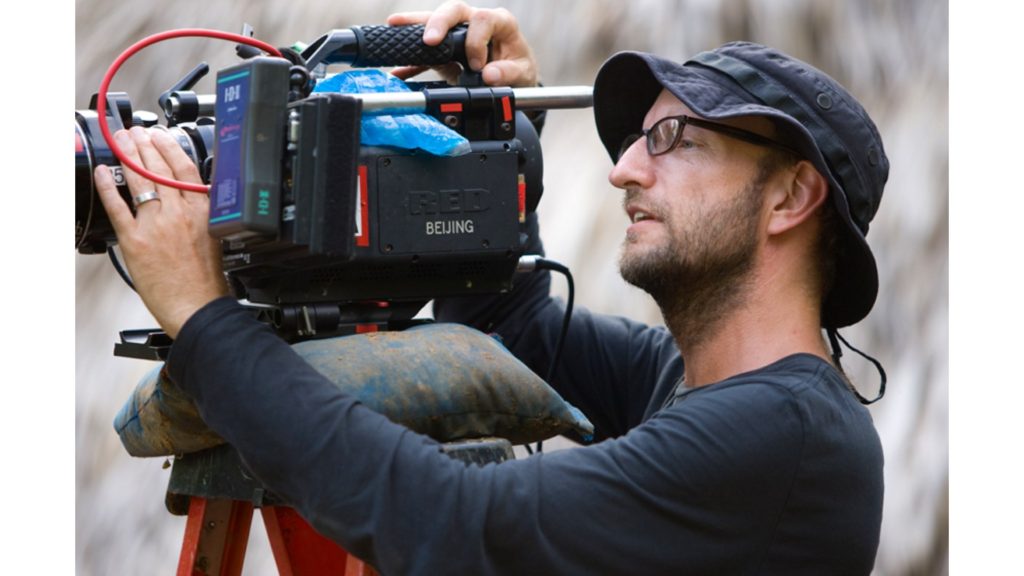
A lot of hand-held shooting
Because of the amount of hand-held shooting required for District 9, the producers and crew decided to shoot using the digital RED One 4K cameras. Cinematographer Trent Opaloch, which this film was his first feature, used nine digital RED Ones owned by Peter Jackson for primary filming. The documentary-style and CCTV-style cam footage were shot on the Sony EX1/EX3 XDCAM-HD. Opaloch was impressed with the Red’s performance, especially with all the handheld work he had to do in windy and dusty conditions. “We decided to shoot on the RED because there was so much handheld work, and we were happy with the results from the testing” Opaloch said to Variety.
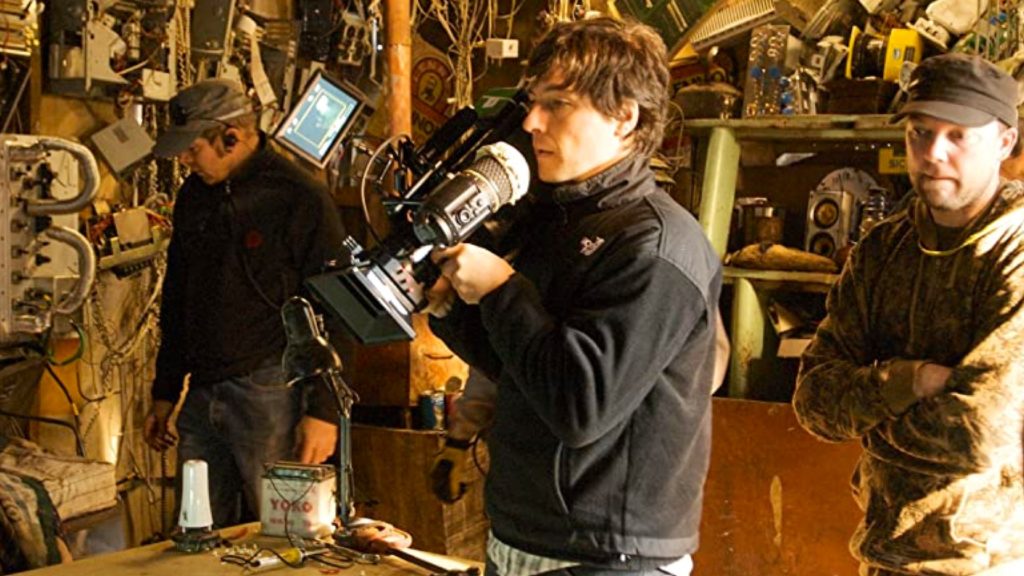
We decided to shoot on the RED because there was so much handheld work, and we were happy with the results from the testing.
Cinematographer Trent Opaloch
120TB of footage and a lot of dirt
Here are some interesting facts regarding post-production. The post team was warned that most of the RED Camera footage they could handle a day was about an hour and a half. When that got to five hours a day additional resources were brought in, and 120 terabytes of data were filled. Jonathan Smiles who was the RED camera supervisor, told Definition Magazine: “We produced approximately 120TB of data throughout the film…There was so much footage, five to six hours a day on so many different formats, that no one thought it was possible at the time”.
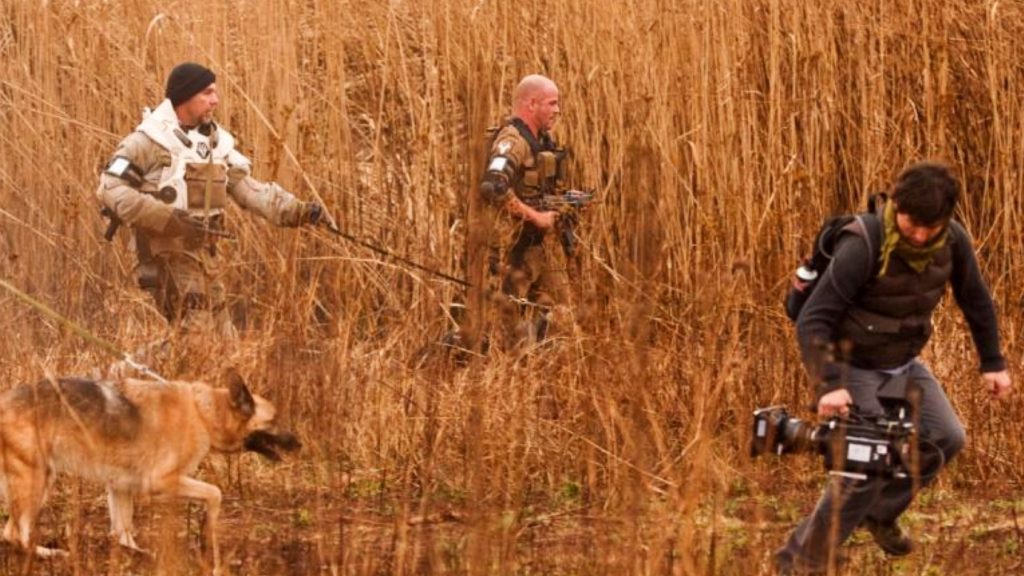
Furthermore, Smiles elaborated on REDuser that the team covered all the unused ports on the camera apart from the vents (due to heat management). Then, every morning, they inspected the sensors and cleaned the OLPF. According to Smiles, “There was a prize for the dirtiest sensor!” Read the thread here.
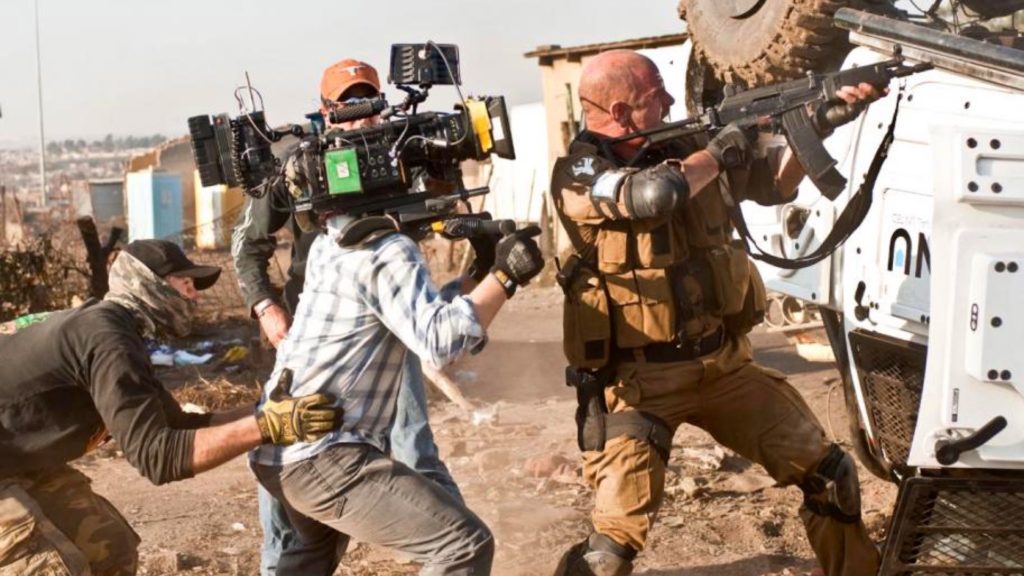
We produced approximately 120TB of data throughout the film…There was so much footage, five to six hours a day on so many different formats, that no one thought it was possible at the time.
RED camera supervisor – Jonathan Smiles
Wrapping up
District 9 paved the way for using RED cameras in harsh environments. Also, the film pushed the boundaries regarding digital imagery, DIT-ing, and post. Glad to see that this film is being embraced by Netflix. Have you seen District 9? Let’s know your thoughts about the visuals in the comments section below.

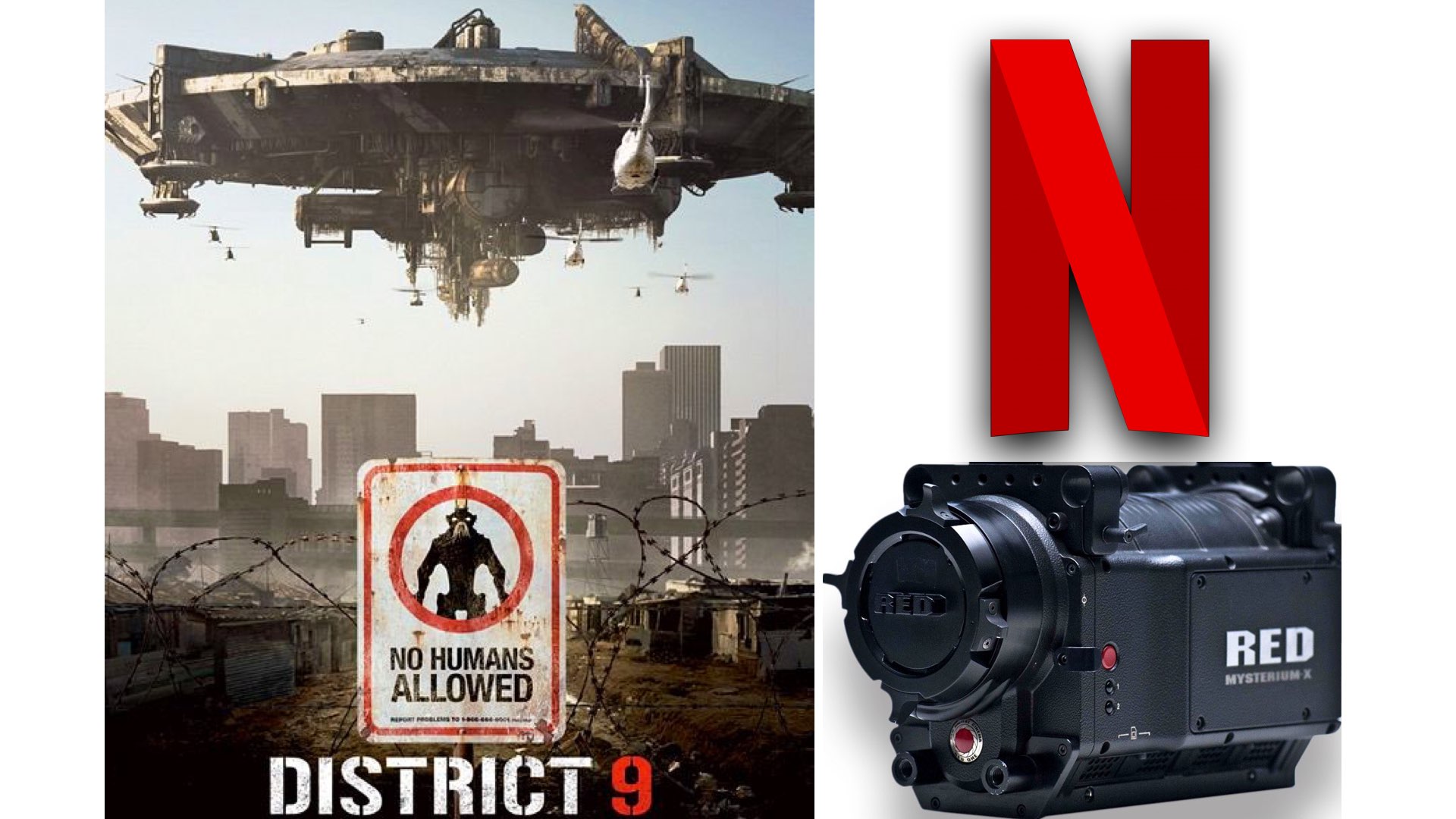

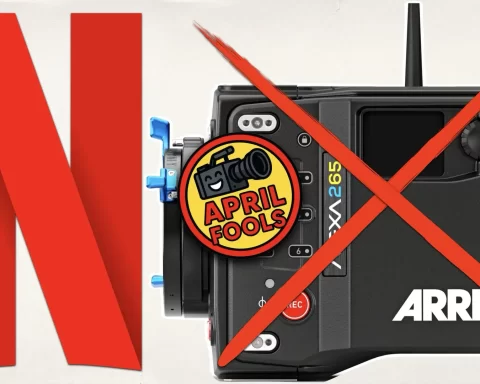
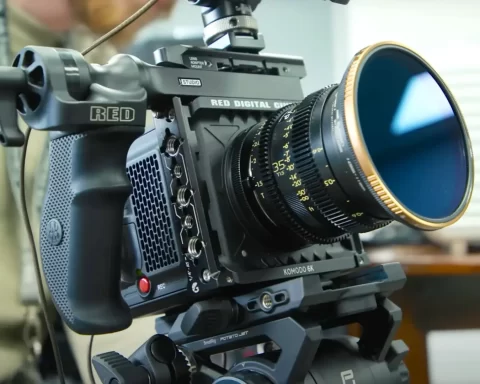
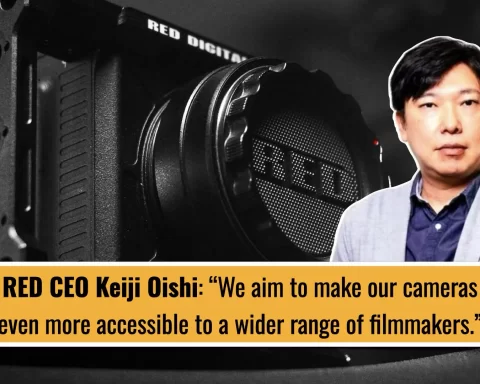
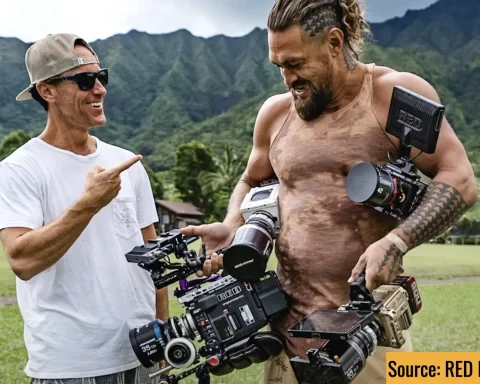
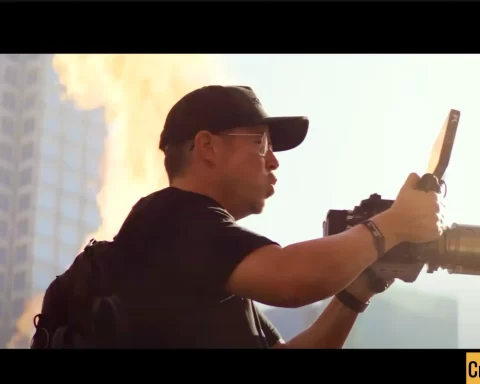

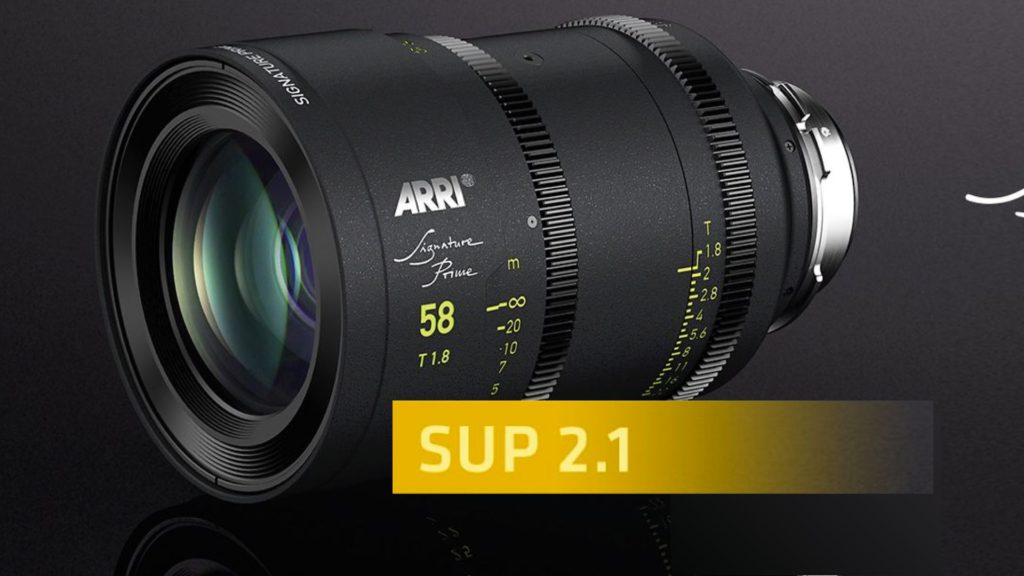
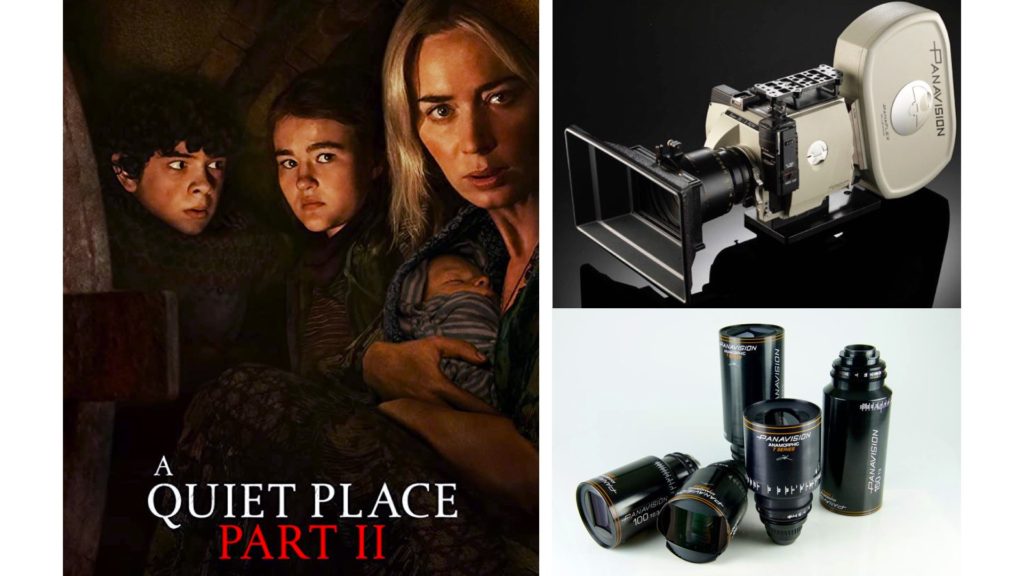
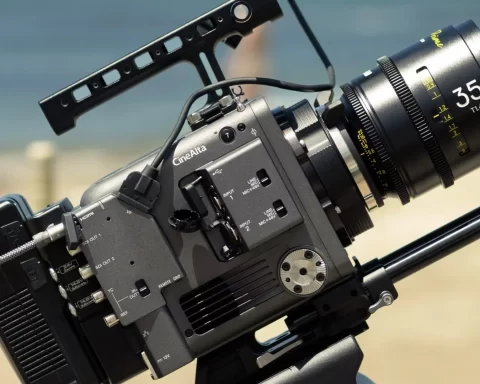

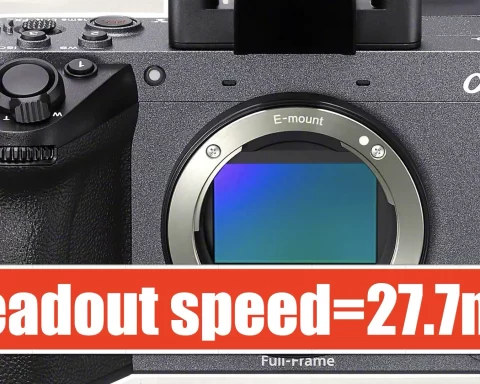



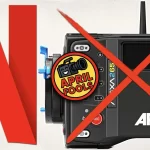
Gamer I think was the second movie shot on a Red One. According to the directors they were shooting at the same time as Soderbergh.
Yeah, the first was Che. There is a pic in the article with Soderbergh and the RED One.
My wife was peeping over my shoulder as I was scrubbing mostly though old T2i, GH2, and GH5 video clips. After I opened a short that was shot with a Red One MX she said, “that looks like something you’d see in a movie theater”, which sums up my feelings about what that camera is still capable of.
The RED One is still a killer. Outstanding camera!